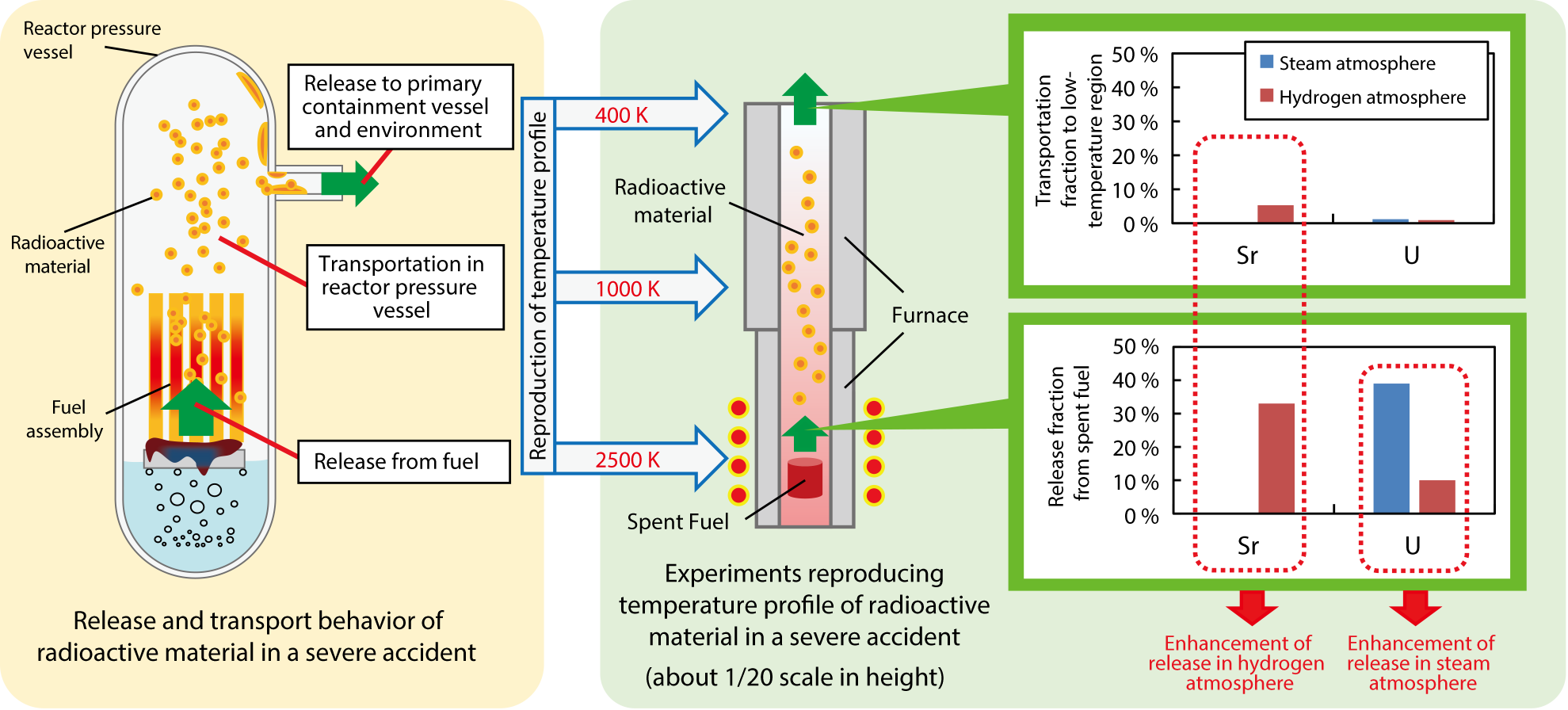
Fig.4-14 The Sr and U fractions of release from spent fuel and of transport to the low-temperature region in experiments reproducing the temperature profile during transportation in a SA
With the aim of enhancing light-water-reactor safety, public exposure should be evaluated more accurately through detailed estimation of radioactive-material behavior during severe accidents (SAs). Such behaviors include those during release from nuclear fuel and transport into the environment through the high-temperature region of the reactor pressure vessel and primary containment vessel (hereafter, release and transport behavior). The release and transport behavior is also important for estimating the distribution of radioactive materials in a reactor. This information can be reflected in planning the decommissioning and dismantling of the TEPCO’s Fukushima Daiichi NPS (1F). It is well-known that the release and transport behaviors of radioactive materials are significantly influenced by their chemical behavior, namely the kinds of reactions that take place and the chemical forms. We have conducted a fundamental study toward the construction of databases and models of chemical behavior for radioactive materials.
Cesium and iodine are important nuclides from the viewpoint of public exposure at SAs. On the other hand, although strontium (Sr) and ulanium (U) releases are believed to have been negligible, they were released from 1F. Consequently, they should be paid more attention due to their decay heat, radiotoxicity, and so on. Therefore, data on their release and transport behaviors have been acquired through international collaborative experiments.
Attention was focused upon the experimental atmosphere. Atmospheres considered in this experiment included not only those containing steam (hereafter, steam atmosphere), but also hydrogen (hereafter, hydrogen atmosphere) because of its significant effect upon chemical behavior. Hydrogen is generated by the oxidation of structural materials in reactors. In addition, in order to reproduce the actual conditions of an SA, actual spent fuel was used and the temperature profile during transportation was simulated (Fig.4-14). The spent-fuel sample was heated up to 2500 K and the released Sr and U were collected for quantitative analysis in the furnace. This analysis allowed the release fraction from the spent fuel and the transport fraction to the low-temperature region to be calculated.
The results showed that large amounts of Sr and U were released in hydrogen and steam atmospheres, respectively (Fig.4-14). This enhanced release can be well explained with the aid of chemical-equilibrium-calculation results, which revealed that Sr and U could exist in spent fuel as volatile chemical forms such as metallic Sr and UO3. Moreover, Sr was found to be transported further to the low-temperature region. This implies the possibility that Sr may be transported to the primary containment vessel under a hydrogen atmosphere.
We will continue to obtain detailed data concerning chemical reactions during release and transport for continuous upgrading of the database.
Our research was accomplished as the collaborative study with the French Alternative Energies and Atomic Energy Commission (CEA).